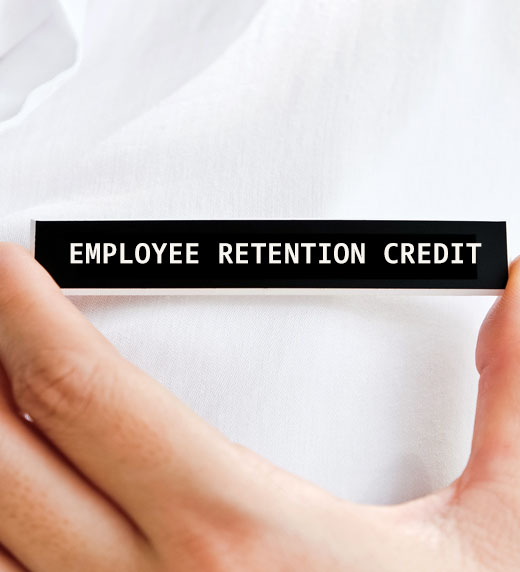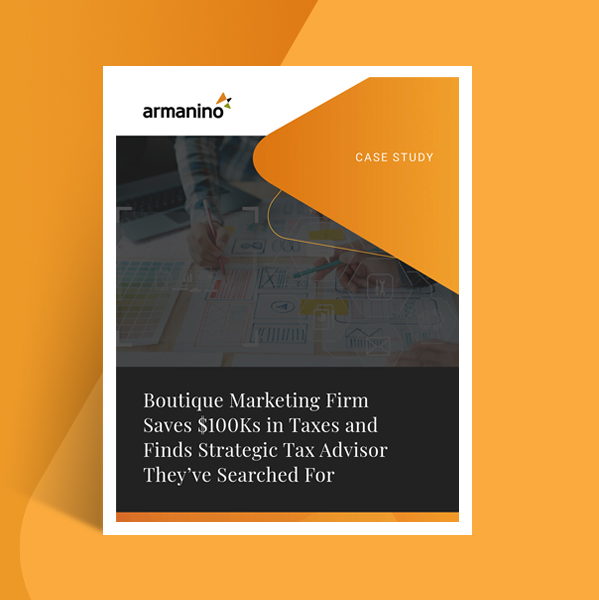
Update: On March 14, 2022, a federal judge reinstated the January 2021 independent contractor rule. The U.S. Department of Labor is currently working on a new proposed rule on classifying independent contractors.
There has been some confusion over a new federal rule for worker classification. Here’s where things stand.
Effective May 6, 2021, the U.S. Department of Labor (DOL) withdrew a final rule published in January 2021 that would have given employers an easier way to classify workers as independent contractors under the Fair Labor Standards Act (FLSA). Since the rule was withdrawn before it took effect, DOL guidance on worker classification determinations remains unchanged. Employers should continue to apply federal guidance and DOL Fact Sheet 13.
The DOL issued a ruling at the beginning of 2021 in which it revised its interpretation of independent contractors under the FLSA at the federal level to adopt an “economic reality” test. However, after receiving pushback and extending the original effective date of March 8, 2021, to May 7, 2021, the DOL withdrew the independent contractor rule on May 6, 2021.
The department stated that the rule was “inconsistent with FLSA’s text and purpose, and would have had a confusing and disruptive effect on workers and businesses alike due to its departure from longstanding judicial precedent.”
The FLSA comes into play because of its governance over minimum wage, overtime, equal pay and employee recordkeeping. To determine whether FLSA rules apply to workers, the worker must be classified as either an employee or an independent contractor.
The rule was going to expand on the economic reality aspect of the federal guidance with regard to worker classification.
Previously the DOL determined that an employer-employee relationship existed if the worker was economically dependent on the employer. However, the DOL never went deeper to define economic dependence, nor did it set a single rule, or test, for determining if a worker should be classified as an independent contractor or an employee. The change would have provided the following test for determining economic dependence:
Core factors:
Additional factors:
The rule also included several examples to show how the economic reality factors could be analyzed.
It’s important to know if the state where you have workers has its own worker classification ruling. For example, California operates under Assembly Bill 5 (AB 5), which instituted the ABC test. Other states have similar bills that supersede federal guidance.
However, if the state is silent on the issue, federal guidance must be applied. Since the rule was withdrawn, federal DOL guidance on worker classification determinations remains unchanged. Courts have upheld that there is no single rule or test for determination but instead they look at the whole picture and consider all factors, such as the ones listed below:
For questions or assistance, contact our HR outsourcing experts.


